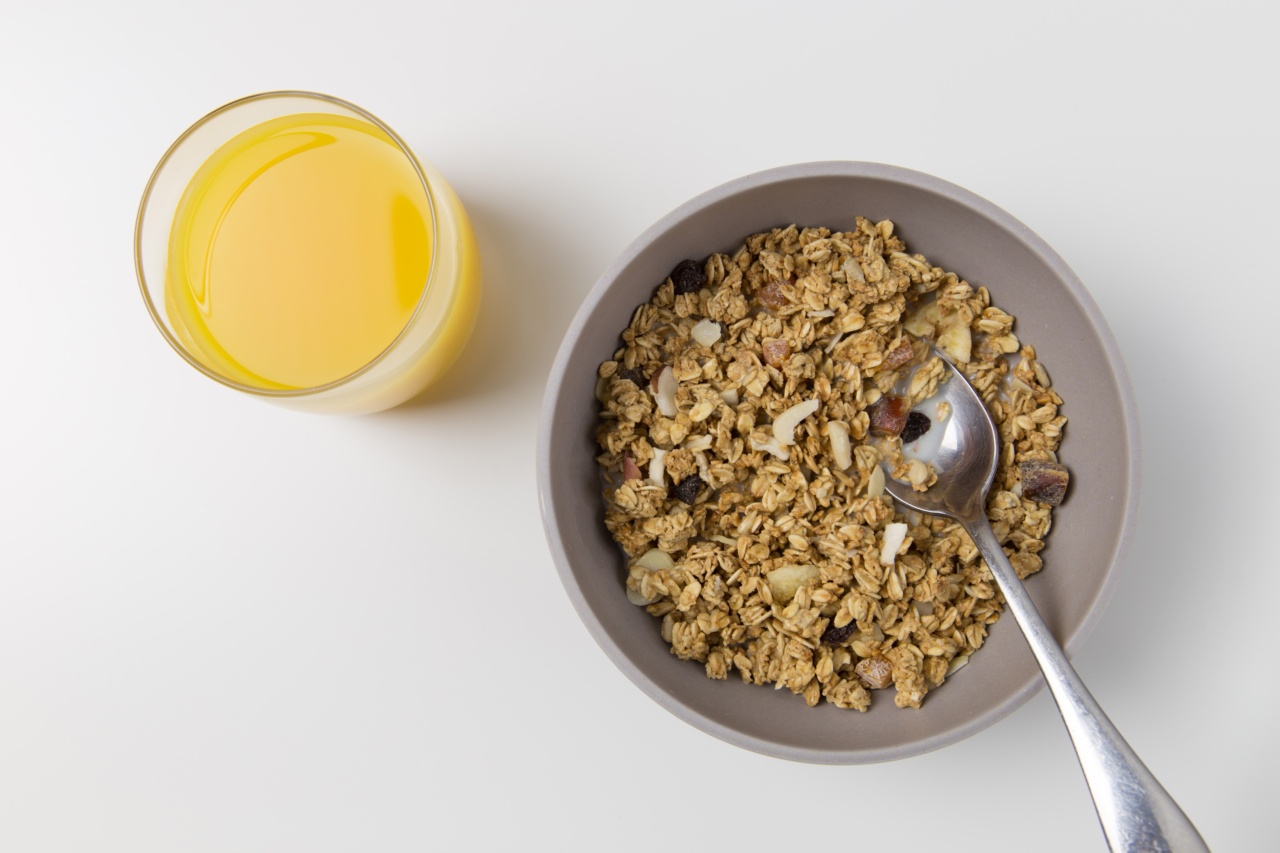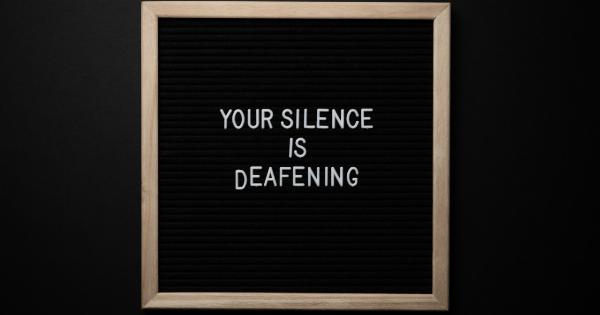A low fiber diet is often recommended for individuals with certain digestive issues. Fiber is an important part of a healthy diet, as it aids in digestion and helps maintain regular bowel movements.
However, for some people with specific conditions, consuming too much fiber can exacerbate symptoms and cause discomfort. In such cases, following a low fiber diet can help alleviate digestive issues and provide relief.
This article will explore the concept of a low fiber diet, conditions that may require it, and what foods to include and avoid when following this eating plan.
What is a Low Fiber Diet?
A low fiber diet, also known as a low-residue diet, is an eating plan that restricts the consumption of foods high in dietary fiber.
Dietary fiber is the indigestible part of plant-based foods that passes through the digestive system relatively unchanged. It helps add bulk to the stool, aids in regular bowel movements, and contributes to overall gut health.
However, for individuals with certain digestive conditions, such as Crohn’s disease, diverticulitis, or bowel obstruction, consuming high fiber foods can lead to uncomfortable symptoms such as bloating, gas, abdominal pain, or diarrhea.
In these cases, a low fiber diet can help manage symptoms and allow the digestive system to heal.
Conditions that May Require a Low Fiber Diet
A low fiber diet is not suitable for everyone. In fact, for most individuals, a high fiber diet is recommended to maintain optimal digestive health. However, certain conditions may warrant a temporary or permanent shift to a low fiber diet.
These conditions include:.
Crohn’s Disease
Crohn’s disease is an inflammatory bowel disease characterized by chronic inflammation of the digestive tract. The inflammation can occur in any part of the gastrointestinal tract, from the mouth to the anus.
It most commonly affects the small intestine and the beginning of the large intestine.
For individuals with Crohn’s disease, consuming high fiber foods can exacerbate symptoms and lead to flare-ups. Following a low fiber diet can help reduce inflammation and minimize discomfort.
Diverticulitis
Diverticulitis is a condition characterized by inflamed or infected pouches, called diverticula, in the colon. These pouches can develop over time and become painful and inflamed when food and waste particles get trapped in them.
A low fiber diet can help ease the strain on the digestive system and reduce the risk of complications associated with diverticulitis, such as infection or perforation of the diverticula.
Bowel Obstruction
A bowel obstruction occurs when there is a blockage in the intestine that prevents the normal passage of food and waste. This can be caused by a variety of factors, including scar tissue, tumors, or hernias.
For individuals with a partial or complete bowel obstruction, consuming high fiber foods can worsen the obstruction and lead to severe pain, bloating, and vomiting.
Following a low fiber diet can help alleviate these symptoms and reduce the risk of complications.
Foods to Include on a Low Fiber Diet
When following a low fiber diet, it is important to choose foods that are easily digestible and low in fiber. Here are some foods that can be included in a low fiber diet:.
White Bread and Pasta
Opt for refined grains like white bread and pasta instead of whole grain varieties. These are lower in fiber and easier to digest.
Lean Protein
Include lean sources of protein such as skinless poultry, fish, eggs, and tofu. These provide essential nutrients without adding excessive fiber to the diet.
Well-Cooked Vegetables
Opt for well-cooked vegetables such as carrots, green beans, and spinach. Cooking vegetables thoroughly helps break down the fiber, making them easier to digest.
Fruits without Skin or Seeds
Choose fruits without skin or seeds, such as peeled apples, bananas, and canned fruits in juice. These options have less fiber and are gentler on the digestive system.
Dairy Products
Incorporate dairy products like milk, yogurt, and cheese into the low fiber diet as these are generally low in fiber and provide a good source of calcium.
Fats and Oils
Include small amounts of healthy fats and oils, such as olive oil and avocado, to add flavor and richness to meals. These do not contribute significant amounts of fiber.
Foods to Avoid on a Low Fiber Diet
While following a low fiber diet, it is important to avoid or limit the intake of high fiber foods. Here are some foods to avoid on a low fiber diet:.
Whole Grains
Avoid whole grain products such as whole wheat bread, brown rice, and quinoa. These are high in fiber and can be challenging to digest.
Raw Fruits and Vegetables
Avoid raw fruits and vegetables with skins or seeds, including berries, apples, oranges, and cucumbers. These can be high in fiber and may aggravate digestive symptoms.
Lentils and Legumes
Avoid legumes like beans, lentils, and chickpeas, as they are high in fiber and can cause gas and bloating.
Nuts and Seeds
Avoid nuts and seeds, including peanuts, almonds, walnuts, chia seeds, and flaxseeds. These can be high in fiber and difficult to digest.
Fried and Fatty Foods
Avoid fried and fatty foods, as they can slow down digestion and worsen symptoms. Limit the intake of greasy snacks, fast food, and processed foods.
Sample Low Fiber Diet Meal Plan
Here is a sample meal plan to give you an idea of what a day on a low fiber diet might look like:.
Breakfast:
– Scrambled eggs.
– White toast with margarine.
– Low fiber fruit juice.
Lunch:
– Skinless grilled chicken breast.
– Well-cooked carrots.
– White rice.
– Low fiber yogurt.
Snack:
– Canned peaches in juice.
– Saltine crackers.
Dinner:
– Baked fish fillet.
– Mashed potatoes.
– Steamed green beans.
– Fruit cocktail (canned in juice).
Snack:
– Rice pudding.
Tips for Following a Low Fiber Diet
Here are some helpful tips to make it easier to follow a low fiber diet:.
Drink Plenty of Fluids
Staying well-hydrated is crucial when following a low fiber diet, as it can help prevent constipation and keep the digestive system functioning properly.
Chew Thoroughly
Take your time to chew food thoroughly before swallowing. This can aid digestion and reduce the workload on the digestive system.
Avoid Trigger Foods
Pay attention to which foods trigger symptoms, and avoid or limit them as much as possible. Everyone’s tolerance to fiber differs, so it may take some trial and error to identify your personal triggers.
Seek Guidance from a Registered Dietitian
If you are unsure about what foods to include or avoid on a low fiber diet, consult with a registered dietitian. They can provide personalized recommendations based on your specific needs and condition.
Conclusion
A low fiber diet can be beneficial for individuals with certain digestive issues such as Crohn’s disease, diverticulitis, or bowel obstruction. It helps alleviate symptoms and allows the digestive system to heal.
However, it is important to note that a low fiber diet is not suitable for everyone, and for most individuals, a high fiber diet is recommended for optimum digestive health. If you believe a low fiber diet may be beneficial for you, consult with a healthcare professional or registered dietitian to determine the best course of action.































